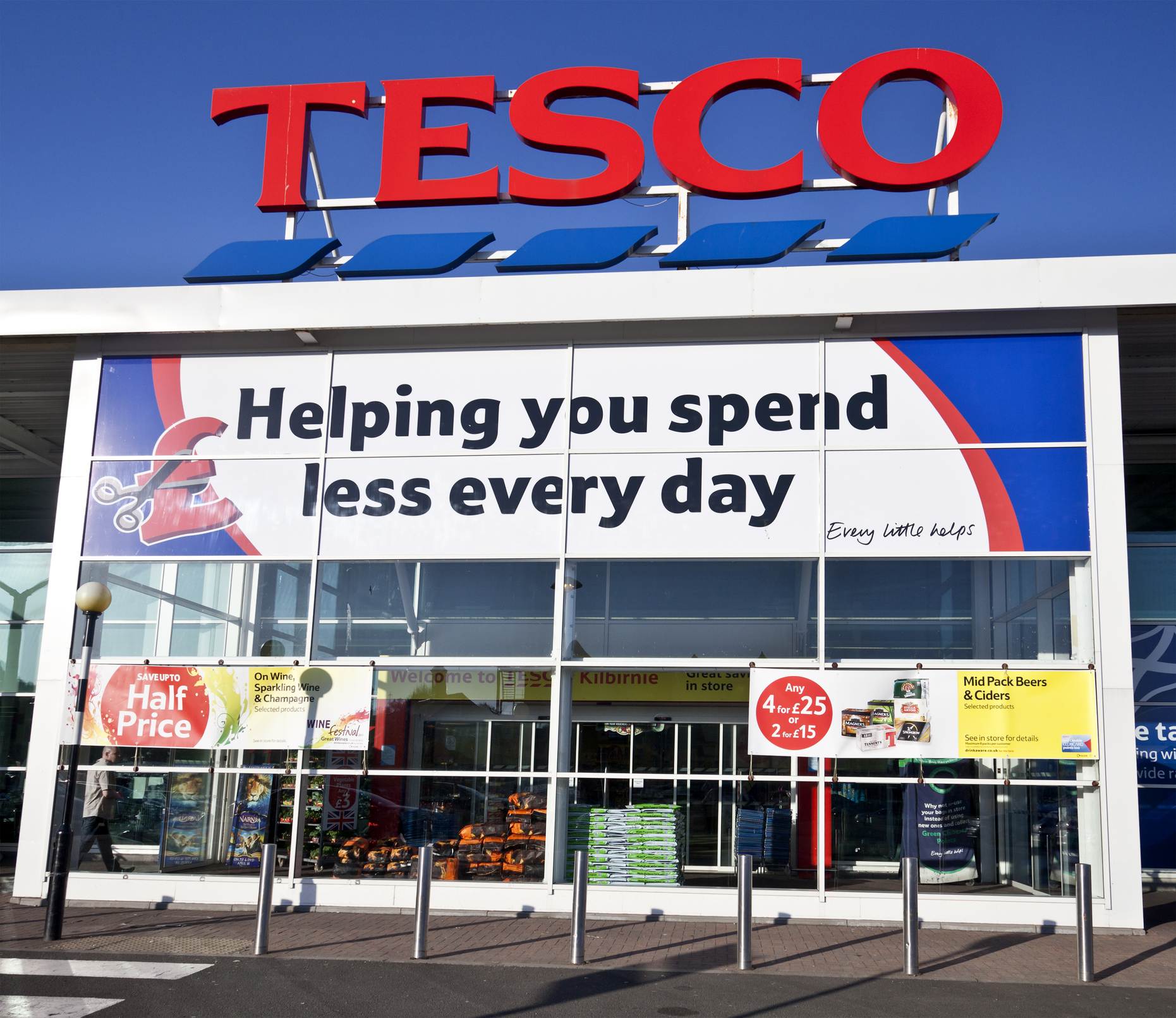Written By Seb Hargreaves, executive director of The OR Society
In today’s rapidly evolving business landscape, one hidden gem is Operational Research (OR) – an innovative solution that is driving competitiveness and relevance for businesses.
Often termed ‘the art and science of decision making,’ OR combines advanced mathematics, data analytics, and human insights to tackle intricate business challenges.
Originating from World War II, OR’s roots trace back to scientists and engineers innovating strategies that optimised military operations. Analysing data, mapping processes, simulating scenarios, and planning optimal routes became pivotal in minimising military losses and ensuring mission success.
Today, executives across a diverse range of organisations – large, small, public, private, or non-profit – are using OR to extract value from data, model intricate systems, and make better decisions with reduced risks.
OR’s Impact on Business Transformation
Imagine an OR specialist collaborating with a logistics company, optimising delivery routes considering variables like traffic, fuel costs, and delivery deadlines or a retailer using OR to analyse sales data, precisely predicting stock needs while balancing customer demand and inventory expenses.
Consider Pilkington UK, a glass manufacturer, which employed OR to streamline manufacturing and reduce glass waste. By harnessing OR techniques to review order data, the company redefined its manufacturing processes to align with specific customer orders, minimising waste, cutting costs, and enhancing their customers’ satisfaction.
Another example is Tesco, the UK’s largest grocer, that has used OR solutions to meet the daily challenge of managing the expiring stock of both food and non-food items. A key step in Tesco’s value chain is what happens at the end of a product’s lifecycle. This is the last opportunity to sell an item to a customer or donate it to the community to ensure it doesn’t go to waste.
Tesco, like most retailers, discounts items that are close to being removed from the shelves. This process is applied across Tesco’s product range, from general merchandise and clothing to fresh food. In particular, food items are reduced in price as they get closer to expiry to sell them before they go to waste.
Finding an optimal reduction strategy is a major challenge for every retail business. The question that must be answered is: By how much should the price be reduced?
There are two conflicting objectives: to not only increase revenue but also reduce waste. Finding a solution that achieves both is a non-trivial task, but it’s what Tesco’s Data Science Team managed to do using OR.
They developed a novel multi-stage Clearance Pricing Optimisation system and deployed it across all Tesco stores in the UK where it is applied to 100,000’s of unique products annually.
The key objectives are to: 1) clear excess stock by a specific date; 2) increase revenue by finding the optimal discounts, and 3) reduce operational costs and provide further insights of in-store processes.
The solution achieved these objectives and has been a great success. Tesco has reduced the number of fresh food items going to waste by 5% and its impact on the planet, whilst at the same time increased the revenue generated by 1.5-13% across multiple food and non-food product lines.
Tesco were also delighted to be awarded the OR Society’s President’s Medal in 2022 for this work.
Like these examples, almost any organisation can use OR to solve complex problems, make cost savings, and improve decision-making. For businesses yet to explore this powerful tool, discovering its potential could be a real game changer.
By Seb Hargreaves, executive director of The OR Society
In today’s rapidly evolving business landscape, one hidden gem is Operational Research (OR) – an innovative solution that is driving competitiveness and relevance for businesses.
Often termed ‘the art and science of decision making,’ OR combines advanced mathematics, data analytics, and human insights to tackle intricate business challenges.
Originating from World War II, OR’s roots trace back to scientists and engineers innovating strategies that optimised military operations. Analysing data, mapping processes, simulating scenarios, and planning optimal routes became pivotal in minimising military losses and ensuring mission success.
Today, executives across a diverse range of organisations – large, small, public, private, or non-profit – are using OR to extract value from data, model intricate systems, and make better decisions with reduced risks.
OR’s Impact on Business Transformation
Imagine an OR specialist collaborating with a logistics company, optimising delivery routes considering variables like traffic, fuel costs, and delivery deadlines or a retailer using OR to analyse sales data, precisely predicting stock needs while balancing customer demand and inventory expenses.
Consider Pilkington UK, a glass manufacturer, which employed OR to streamline manufacturing and reduce glass waste. By harnessing OR techniques to review order data, the company redefined its manufacturing processes to align with specific customer orders, minimising waste, cutting costs, and enhancing their customers’ satisfaction.
Another example is Tesco, the UK’s largest grocer, that has used OR solutions to meet the daily challenge of managing the expiring stock of both food and non-food items. A key step in Tesco’s value chain is what happens at the end of a product’s lifecycle. This is the last opportunity to sell an item to a customer or donate it to the community to ensure it doesn’t go to waste.
Tesco, like most retailers, discounts items that are close to being removed from the shelves. This process is applied across Tesco’s product range, from general merchandise and clothing to fresh food. In particular, food items are reduced in price as they get closer to expiry to sell them before they go to waste.
Finding an optimal reduction strategy is a major challenge for every retail business. The question that must be answered is: By how much should the price be reduced?
There are two conflicting objectives: to not only increase revenue but also reduce waste. Finding a solution that achieves both is a non-trivial task, but it’s what Tesco’s Data Science Team managed to do using OR.
They developed a novel multi-stage Clearance Pricing Optimisation system and deployed it across all Tesco stores in the UK where it is applied to 100,000’s of unique products annually.
The key objectives are to: 1) clear excess stock by a specific date; 2) increase revenue by finding the optimal discounts, and 3) reduce operational costs and provide further insights of in-store processes.
The solution achieved these objectives and has been a great success. Tesco has reduced the number of fresh food items going to waste by 5% and its impact on the planet, whilst at the same time increased the revenue generated by 1.5-13% across multiple food and non-food product lines.
Tesco were also delighted to be awarded the OR Society’s President’s Medal in 2022 for this work.
Like these examples, almost any organisation can use OR to solve complex problems, make cost savings, and improve decision-making. For businesses yet to explore this powerful tool, discovering its potential could be a real game changer.


